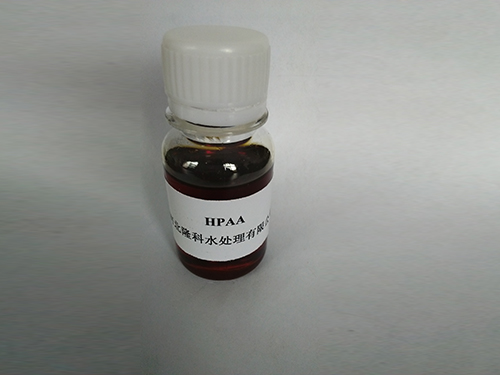Innovative Applications of Anionic Polyacrylamide in Water Treatment and Agriculture
Anionic Polyacrylamide Properties, Applications, and Environmental Considerations
Anionic polyacrylamide (APAM) is a derivative of polyacrylamide that features anionic charges in its molecular structure. This water-soluble polymer has gained significant attention in various industrial and environmental applications due to its advantageous properties, making it a key component in numerous fields, including water treatment, agriculture, and oil recovery.
Chemical Structure and Properties
Anionic polyacrylamide is synthesized through the polymerization of acrylamide monomers, with specific anionic agents added to introduce negative charges along the polymer chain. The degree of anionicity can be adjusted during synthesis, allowing for tailored properties suitable for different applications. APAM is known for its high molecular weight and viscosity in solution, which contributes to its effectiveness as a flocculant and coagulant.
The primary properties of APAM include its ability to enhance soil quality, its capacity to reduce sedimentation, and its effectiveness in controlling the movement of water in soils. These attributes are highly beneficial in various settings, from enhancing agricultural productivity to improving water treatment processes.
Applications in Water Treatment
One of the most prominent applications of anionic polyacrylamide is in wastewater treatment. In this context, APAM functions as a flocculant, promoting the aggregation of suspended particles in water. When added to wastewater, APAM binds with the negatively charged particles, facilitating their settlement and removal during the treatment process. This not only helps in clarifying the water by concentrating and removing impurities but also aids in reducing the overall turbidity.
APAM is particularly useful in treating industrial effluents, municipal sewage, and even in the recycling of water in various industries. The effective removal of contaminants ensures compliance with environmental regulations and contributes to the sustainability of water resources.
Role in Agriculture
In agriculture, anionic polyacrylamide serves as a soil conditioner
. Its ability to improve soil structure leads to increased water retention and enhanced nutrient availability for plants. By forming a gel-like substance when mixed with water, APAM can hold moisture in the soil, reducing irrigation needs and promoting better crop yields.anionic polyacrylamide

Furthermore, APAM helps mitigate soil erosion by binding soil particles together, thus preventing the washout of topsoil during rainfall events. This is particularly important in regions susceptible to erosion and where sustainable agricultural practices are necessary for maintaining soil health.
Oil Recovery and Other Uses
Anionic polyacrylamide is also utilized in enhanced oil recovery processes. By altering the viscosity of water injected into oil reservoirs, APAM improves oil mobility, thereby increasing the efficiency of extraction. This application is crucial for maximizing oil recovery from existing reservoirs, ultimately contributing to energy sustainability.
Apart from these primary uses, APAM finds applications in various other industries, including papermaking, cosmetics, and pharmaceuticals, where its stabilizing and thickening properties are beneficial.
Environmental Considerations
Despite its advantageous properties, the use of anionic polyacrylamide raises some environmental concerns. The breakdown of polyacrylamide in aquatic environments can lead to the release of acrylamide, a neurotoxic and potentially carcinogenic compound. This has prompted research into its long-term environmental impact and the development of safer alternatives.
To mitigate these concerns, it is crucial to adhere to recommended usage levels and develop effective monitoring practices. Additionally, ongoing research into biodegradable polymers may provide solutions that maintain the benefits of APAM while minimizing environmental risks.
Conclusion
Anionic polyacrylamide is a versatile and effective polymer with wide-ranging applications in water treatment, agriculture, and beyond. Its ability to improve water quality, enhance soil properties, and optimize industrial processes underscores its importance in promoting sustainability. However, balancing its use with environmental safety remains a crucial consideration for industries that rely on this valuable material. As research continues, the potential for APAM and its derivatives to contribute positively to both economic and environmental goals remains significant.
-
Understanding Polycarboxylic Acids: Properties, Applications, and Future PotentialNewsJul.28,2025
-
Scale Inhibitor Explained: How to Protect Your System from Limescale and Hard Water DamageNewsJul.28,2025
-
Scale and Corrosion Inhibitors: Essential Chemicals for Industrial Water System ProtectionNewsJul.28,2025
-
Polyaspartic Acid: A Biodegradable Polymer for Sustainable ChemistryNewsJul.28,2025
-
Isothiazolinones: A Versatile Antimicrobial Class with Industrial Power and Regulatory ChallengesNewsJul.28,2025
-
A Deep Dive into 2-Phosphonobutane-1,2,4-Tricarboxylic Acid (PBTC)NewsJul.28,2025





